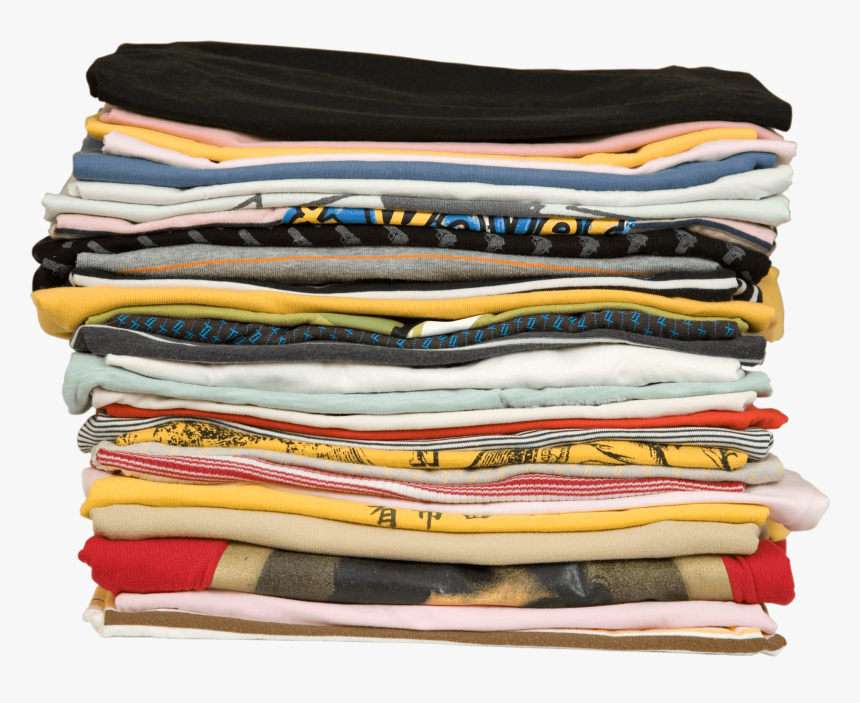5 Tips To Make Your Clothes Last Longer This Year

By Charlie Elizabeth Culverhouse
Congratulations, you made it to 2022! How many of the clothes you purchased in 2021 made it into the new year with you?
We all want our clothes to last forever but, undoubtedly, after a couple washes your favourite piece loses its super soft texture, or the colour begins to fade, or a thread is pulling at the seams threatening to expose a hole. Most days, our clothes see our bedroom floor more than a hanger – this year, we need to give our garms a little more love.
We always notice too late when something is up with our clothes. It seems like a lot of effort to look after these things we often just want to put on and forget about. But extending the life of your wardrobe is a great way to reduce your impact on the planet and your wallet.
Post-industrial revolution, as a society, we have become less inclined to make do and mend. The birth of fast fashion has made buying clothes not only incredibly affordable, but incredibly easier. There is no incentive to repair the clothes we do have, because we can get replacements in far less time than it takes to fix problems. Adding to this is the acceleration of trends meaning we are continually enticed to buy new things when we know we don’t need them.
All of this has left the average lifetime for an item of clothing at a mere 2.2 years – far less than a lifetime. So what can we do to extend this poor lifespan? We’ve scoured the internet, collected everything you need to know about looking after your clothes, and broken it down into just five steps to make caring for your clothes a little bit easier.

Tip One – Don’t Wash Your Clothes
Stick with us here. Washing clothes is an inconvenience many never had foreseen as taking up so much of our adult lives. You always want to wear that one top the minute you’ve put it in the laundry. Maybe it’s a subconscious always wanting what you can’t have. But maybe you can have it. Decades of marketing from the cleaning industry has conditioned many people to throw their clothes in the wash after a mere one day’s wear, even though this is rarely necessary. Obviously we’re not saying to take notes from Jake Gyllenhaal and throw hygiene completely out the window or anything like that, it’s more that you can tell when clothes need washing and it’s definitely not everyday. Obviously, please wash your undies and socks after each wear, but most clothes, especially ones that don’t sit directly on our skin, can be worn five or more times before needing a wash.
Extra Tip – If something is made from good-quality wool, such as a man’s suit or high quality jumpers, the fabric is designed to be brushed clean and not washed.
Washing clothes is more than an inconvenience to us, it’s disruptive to the planet. Up to 25% of each of our garment’s carbon footprint comes from the way we wash and care for it. Over-washing items causes colour fading, shrinkage, and misshaping, all of which contributes to the statistic that nine out of ten pieces of clothing end up in landfill long before they should. On top of this, the average washing machine uses 13,500 gallons of water a year – that’s as much as you will drink in your lifetime.

Tip Two – Wash Your Clothes Properly
There are plenty of ways to refresh clothes without bunging them in the machine like spot-cleaning stains or taking whiffy garments into the bathroom while you shower to steam them. But, inevitably, your clothes will need washing, or your friends will have to sit you down for an uncomfortable chat.
We all think it’s an unnecessary faff, but separating your dark clothes from white clothes will keep the colours of your garments nice and vibrant. It’s also a good idea to separate heavy fabrics from lighter ones (so wash your towels separately from your t-shirts) and heavily stained garments away from merely smelly ones. If you’ve managed to gain a particularly sticky stain on an item, it’s best to spot treat the stain before washing the garment as a whole to get rid of it. You’ll have the best chance of a stain completely disappearing if you spot treat it immediately – those of you who are really organised, or are clumsy red wine drinkers, may even carry a stain removal pen with you.
Extra Tip – To further protect colors and patterns from fading, turn your clothes inside out before throwing them in the machine.
Delicate fabrics and items like underwear should be hand washed to properly protect them. Underwired bras are particularly delicate and hand washing will stop the underwire from getting out of shape or weakening to the point wire starts poking your skin. If you don’t have enough time to wash your pieces by hand – let’s be real, who does? – invest in a garment bag that can reduce the impact of machine washing on your delicates. Delicate clothes should always be washed on a cool setting in the washing machine and, if possible, you should reduce the number of spins completed by the machine’s drum to reduce the impact to your bagged delicates.
Perhaps reading this so far, you’re thinking it’ll be easier to look after your clothes by taking them to the dry-cleaners than washing them properly yourself. Well, you’d be wrong – sorry. Other than the huge expense of dry-cleaning, the process involves the use of harsh chemicals that not only harm the fabric, causing pieces to wear out and fade a lot faster, but the environment too!
Of course, after washing clothes, they need to dry. Air drying clothes is much more gentle than tumble drying, obviously, and you’re less likely to shrink anything if you skip the dryer – we’ve all done it. When drying your clothes, you want to do so away from direct sunlight as the rays, while tanning us humans, will accelerate lightening of darker clothing.

Tip Three – Try Before You Buy
It sounds obvious, but if you want your clothes to last, you need to invest in well-made garments and good-quality fabrics. This doesn’t mean you need to spend loads of cash, just buy properly made items. The first thing to do when looking at a piece of clothing is turn it inside out and pull at every piece of string you find. If the item is poorly made, the seams will be shabby and pieces of thread will start to unravel. Once the first test is complete, hold the garment up to the light. If you can see light coming through the fabric, the piece’s colour or pattern is going to fade quickly, the fabric will bobble or tear easily, and you’ll also probably be able to see your undies through the garment – all around, no good.
Tip Four – Store Your Clothes With Care
The easiest step we can all make to better store our clothes is to replace our dodgers plastic or wire hangers, which can stretch out the shoulders of your clothes, with either stronger padded or wooden hangers.
Extra Tip – It’s best not to hang items like heavy sweaters as the fabric will stretch leaving you with a sad, droopy jumper that you won’t want to wear.
You don’t want to hang up too much stuff. Unless you have a decently sized wardrobe, which is impossible to find in rented accommodation, your clothes will be squeezed too tightly together creating creasing that will need ironing out. Ironing isn’t great for your clothes, and it’s also incredibly boring. If your garments are particularly wrinkly, try steaming them either with a steamer or by hanging them in the bathroom while you shower, to gently drop creases out.
You may also want to store your most expensive or favourite items in cotton suit bags to prevent moth damage. We recommend cotton bags as the traditional dry-cleaning plastic clothes bag tends to harbour heat and moisture which is bad for your clothes. We’re all on a budget, so using an old single bedspread or pillow case and simply cutting a hole in it for a coat hanger to poke through will give you an easy DIY garment bag! A simpler way to prevent moth damage is to get a lump of cedarwood and stick it in your wardrobe – moths hate the smell of cedarwood. Another good idea is to line your drawers with lavender-scented paper or purchase a scent pack to keep with your clothes, not only will you be moth free but your clothes will smell great.
Tip Five – Repair and Rewear
Once a year, sort through all your items, and then take them in for repairs to fix niggly things such as dropped hems, loose buttons, seam damage, and sticky zips. These things may not yet be issues stopping you wearing these pieces, but think of this chance as an MOT for your wardrobe to keep it running smoothly.
Learning a few basic mending tips will save your garments and your money and you can brag to everyone about your new skill. You don’t even have to be that good at sewing to mend your clothes. If you’ve got a hole, you can emphahsise the repair and wear it with pride. Use a contrasting colour to darn a rip or cover it with a cool iron on patch. The best thing to do is to catch a hole early. When you spot a tear don’t wait for it to get too big to fix. Either buy a pre-assembled sewing kit to keep around the house in need of emergency, or gather up a more personalised sewing box. Some basics you may need include; a needle book, thread in black and white colors (or the colours more prevalent in your wardrobe), thread clippers or small scissors, safety pins, a seam ripper/unpicker, buttons, a thimble if you’re clumsy, darning mushroom or egg, and darning yarn (or you can buy helpful miniature darning kits).

Common sense recommends reading the care label on any items you own. But these tips and tricks have hopefully shown how easy it is to implement a few extra steps to improve the longevity and sustainability of your clothing. This year, we all need to start showing our clothes a little more love because loved clothes last.
Discover more from GUAP’s Fashion section here

